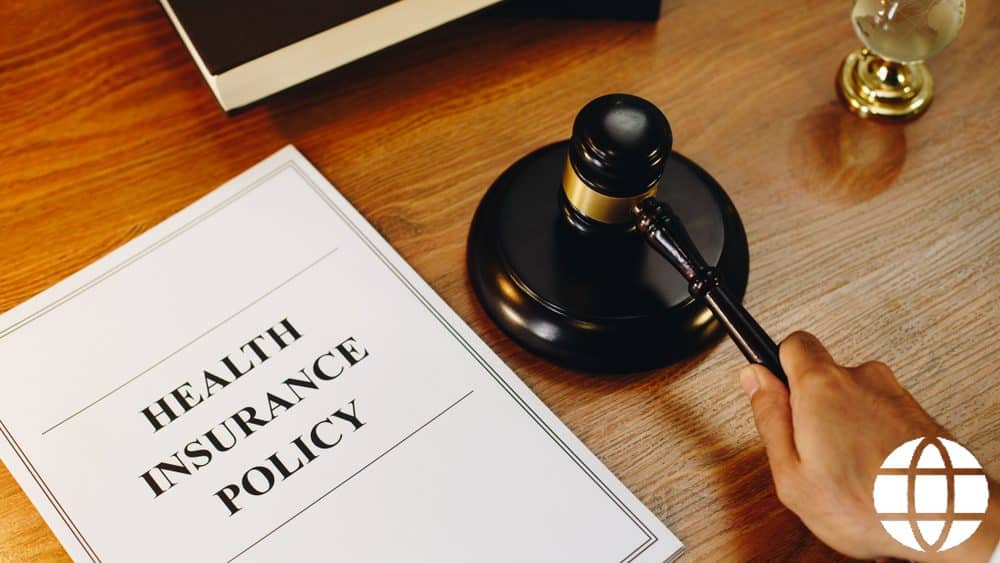Hello there! Welcome to the most comprehensive article on Surplus lines Insurance.
By sticking through this article to the end, we guarantee that you will understand surplus lines insurance and whether to go for it.
The article will cover the following topics:
Without wasting time, let us get directly to the topic!
Surplus Lines Insurance
Surplus lines insurance protects you against a financial risk that regular insurance companies would be unwilling to take on.
Insurance Companies can utilize surplus lines insurance, or individuals might acquire it.
Unlike traditional insurance, this type of insurance coverage can be purchased from an unlicensed insurer not licensed in the insured’s state.
On the other hand, Surplus lines agents must have a surplus line license in the state where they are headquartered.
NAIC protects the public interest, promotes market competition, and improves state regulation.
An Overview of Surplus Lines License
Surplus lines insurance poses a unique risk for the policyholders. Unlike a standard insurance policy, there is no guarantee fund from which to collect a complaint payment if the surplus lines company declares bankruptcy.
A claim on a standard insurance policy is frequently paid out of a state guarantee fund to which all regular state firms participate in the event that one insurer fails.
Particular Points to Consider
Lloyd’s of London, based in the United Kingdom, dominates the surplus lines insurance companies.
According to the Insurance Information Institute, Lloyd’s has a 24 percent share of the surplus lines stock market and $11.8 billion in direct premiums.
However, with the leading 25 surplus lines carriers, surplus line market share shrinks to single digits after Lloyd’s.
American International Group (AIG), Markel Corporation Group, Nationwide Group, W.R. Berkley Insurance Group, Berkshire Hathaway Insurance Group, Chubb INA Group, Fairfax Financial (USA) Group Liberty Mutual are among the top-25 surplus lines insurers.
Types of Surplus Lines Insurance
Flood insurance is an example of a frequent surplus lines insurance categorization.
The Natural Catastrophe Insurance Scheme is an alternative to the Federal Emergency Management Agency.
Flood insurance is offered by Lloyd’s.
Surplus lines insurance may be a more inexpensive option for clients who find FEMA’s insurance industry too pricey.
Surplus lines are used to cover high-limit and difficult-to-place risks.
Insurance Surplus lines are used in conjunction with wholesale and specialized insurance to cover non-standard risks and exceptional underwriting criteria.
Organizations also have the ability to apply for reinsurance from other insurance companies.
Normal Insurance vs. Surplus Lines Insurance
Regular insurance carriers, also known as standard or admitted insurers, must adhere to state restrictions regarding the amount of money they may charge and the risks they can and cannot cover.
Surplus lines carriers are exempted from these surplus lines laws, allowing them to take on greater risks.
Although a surplus lines insurer may be characterized as a non-admitted or unauthorized insurer, this does not imply that their surplus line policies are invalid.
They are only subject to different restrictions than admitted or standard carriers as a result of the classification.
Surplus lines insurance plays a vital role in providing lines coverage for risks that are difficult to place, unique, or have a large capacity.
In addition, because surplus lines insurers are non-admitted, they may adapt to market developments and suit the particular needs of insured who are unable to get insurance from admitted carriers.
As a consequence, clients may get cost-effective alternatives that aren’t “one size fits all” but are precisely customized to unique demands for non-standard hazards.
The risks that are commonly mentioned in the surplus lines market are divided into three classes:
Non-standard risks: Feature peculiar underwriting qualities
Unique risks: Admitted carriers do not provide a policy form or rate that has been submitted.
Capacity risks: An insured wants more coverage than most insurers are prepared to supply.
The wholesale, specialty, and surplus lines insurance business is wholly involved in current developments in developing new goods and services and avoiding the unique risks of conducting business in a society where the unexpected is unavoidable.
The market is especially crucial for launching new items to the market efficiently.
For insurance reasons, new and innovative goods, techniques, and methods with no loss history are difficult, if not impossible, to price or insure.
Because they have accumulated decades of experience, surplus lines carriers are especially suited to cover these rising risks after filing requirements.
Surplus Lines Primer
WSIA has prepared “An Introduction to the Surplus Lines Market” in collaboration with other industry trade groups and the 15 state stamping offices to offer a comprehensive outline of the surplus line transaction market and how it is controlled.
Regulation on Surplus Lines License Market

While the surplus lines market is regulated distinctively from the admitted market, it is a controlled market that gives the flexibility needed to cover difficult-to-place risks.
Each domestic surplus lines association headquartered in the United States is licensed in at least one of the 50 state and the other U.S.Jurisdictions must meet the state or jurisdiction’s solvency standards.
As with an authorized insurance agent, the state of residence of a surplus lines insurer becomes the company’s financial solvency controller.
A quarterly listing of alien insurers headquartered outside the United States makes up a significant percentage of the surplus lines market, accounting for around 20% of the annual surplus lines premium in the U.S.
Every year, Lloyd’s of London covers between 85 and 90 percent of the foreign surplus lines market, with the majority of the rest premium covered by UK-based licensed insurers.
According to AM Best, the solvency record of surplus lines carriers has generally been equal to that of the admitted market, with no liquidations in the surplus lines market during the last fourteen years.
This reflects the states’ current robust and eligibility insolvency and capital control framework.
While the surplus lines insurer’s residential state regulates solvency, a licensed surplus line broker controls the underlying excess lines transaction.
The licensed surplus line broker is in charge of:
(1) Choosing a qualified surplus lines insurance company.
(2) Providing information on the surplus lines transaction to insurance commissioners
(3) Repaying the premium tax due on the transaction to Govt tax authorities
(4) Ensuring adherence to all surplus lines code requirements.
A licensed surplus lines broker must conduct a rigorous search of the admitted carriers, one of the most important regulatory criteria required by state surplus lines regulations.
Therefore, before a particular type of insurance policy is put in the surplus lines market, a rigorous search is conducted to locate coverage from admitted carriers.
Every state’s registered surplus lines broker is also accountable for giving written regulatory notice to the covered on a surplus lines transaction.
Each state department of insurance requires the insured client in a surplus lines transaction to receive notice that:
- The state guaranty fund does not guarantee the surplus lines policies
- The insurance is placed with a surplus lines business exempt from several of the state’s rules.
Being the only regulated business in a surplus lines transaction, the surplus lines broker must have a surplus lines license.
Every state’s surplus lines legislation, particularly when it comes to health insurance, requires the issuance of a surplus lines broker license.
Surplus lines department of insurance offices has been established in fifteen states.
More than two-thirds of nationwide surplus lines premium passes through these certification offices, established by surplus lines brokers as a method of self-regulation to nurture and ease cooperation with the special legal requirements that apply to surplus lines transactions.
In addition, the public, both residents and non-residents, are protected by certification offices, which provide supervision, information, and help to brokers performing excess line transactions.
Conclusion
Surplus lines insurance covers a financial risk that a typical insurance industry would not cover.
People and corporations can purchase surplus lines insurance coverage in a variety of classifications.
Because the unique risks are more extensive, surplus lines insurance is often more costly than ordinary insurance.
The state regulates surplus lines indirectly via surplus lines brokers as a safety net.
The state and subject should license a surplus line broker to state regulation.
Surplus lines policies are generally created after normal market insurance has been denied.
Before turning to surplus lines, most jurisdictions require excess lines brokers to demonstrate that they made a conscientious attempt to get insurance from an officially regulated surplus line company.









